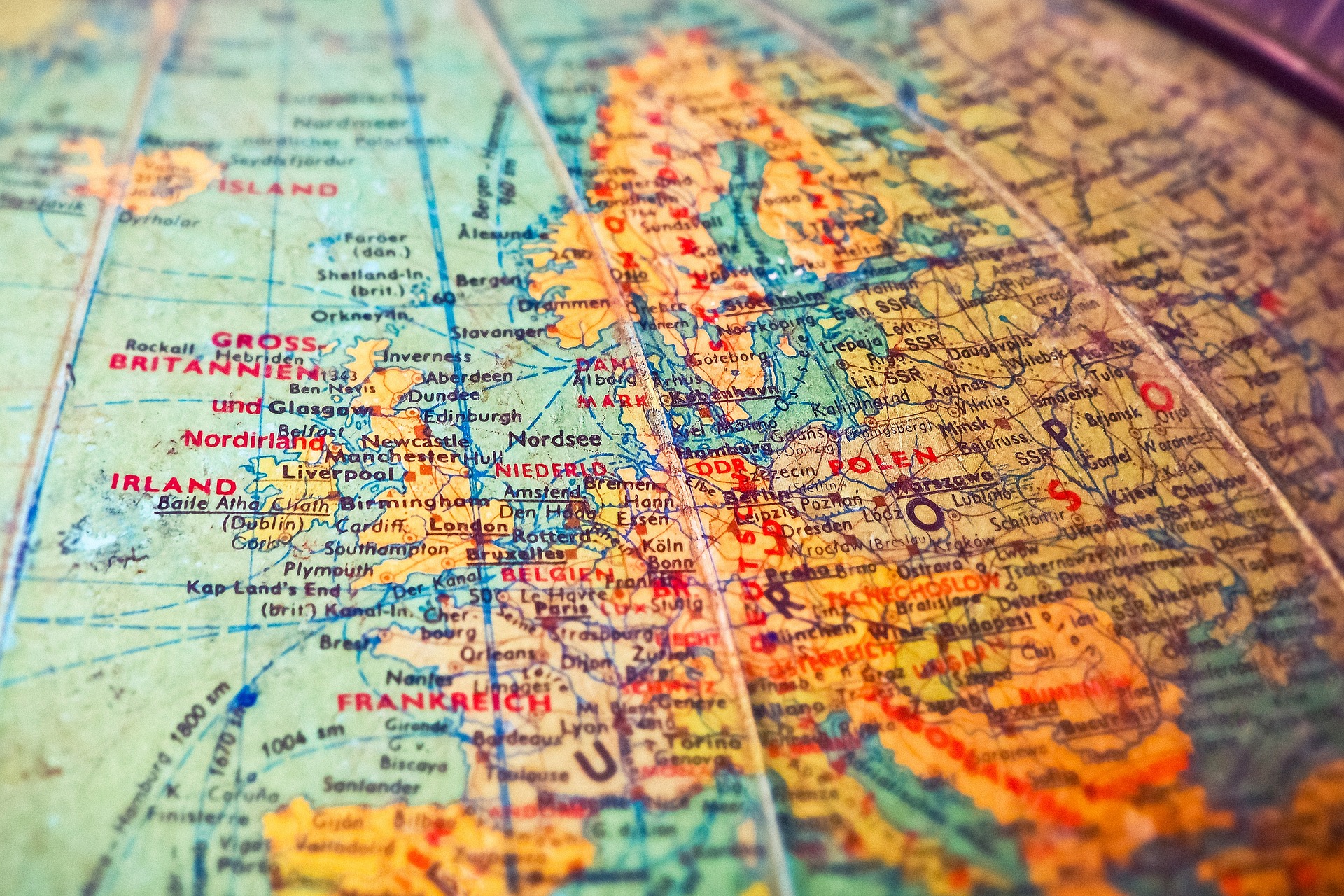"Deciphering the Intricacies of Executive Orders: A Look at their Legal and Societal Impact"
In the realm of law and government, one phenomenon that sparks extensive discussion is the use of executive orders by the President of the United States. These orders, while often shrouded in controversy, are indispensable tools in the execution of presidential power and have a profound impact on society. This article unravels the complexities of executive orders, exploring their historical context, the legal authority behind them, and their implications for society.

Understanding Executive Orders: A Historical Perspective
Executive orders are directives issued by the President of the United States that manage operations within the federal government. This power is derived from Article Two of the U.S. Constitution, which vests the “executive power” in the president. The first executive order was issued by President George Washington in 1789, setting the precedent for subsequent presidents to exercise this authority.
The Legal Mechanisms behind Executive Orders
Despite not being explicitly mentioned in the Constitution, executive orders have been recognized as a form of presidential directive. The Supreme Court noted in the 1952 case, Youngstown Sheet & Tube Co. v. Sawyer, that the President can issue executive orders as an extension of his administrative authority, as long as he doesn’t overstep the powers vested in him by the Constitution and federal law.
The Societal Impact of Executive Orders
The societal impact of executive orders can be far-reaching and profound, affecting everything from civil rights to environmental policy. For instance, President Franklin D. Roosevelt’s order authorizing the internment of Japanese-Americans during World War II had a significant societal impact. More recently, executive orders on immigration policy under different administrations have sparked widespread debate and prompted legal challenges.
Debates around the Use of Executive Orders
The use of executive orders is not without controversy. Supporters argue they allow the president to act decisively, particularly in times of crisis. Critics, however, worry about the potential for overreach and abuse of power, pointing to instances where presidents have seemingly bypassed Congress to enact major policy changes.
The Ongoing Significance of Executive Orders
Regardless of the debates surrounding them, executive orders remain a critical aspect of the presidency. They represent a tool through which presidents can enact change, implement policy, and shape the course of the nation. As citizens, understanding the legal framework and societal impact of executive orders is key to engaging with the political process.
In conclusion, executive orders, while complex, are a significant part of the American legal and governmental landscape. They exemplify the balance of power in the federal government and illustrate the dynamic nature of the presidency. As such, they deserve our attention and understanding.




